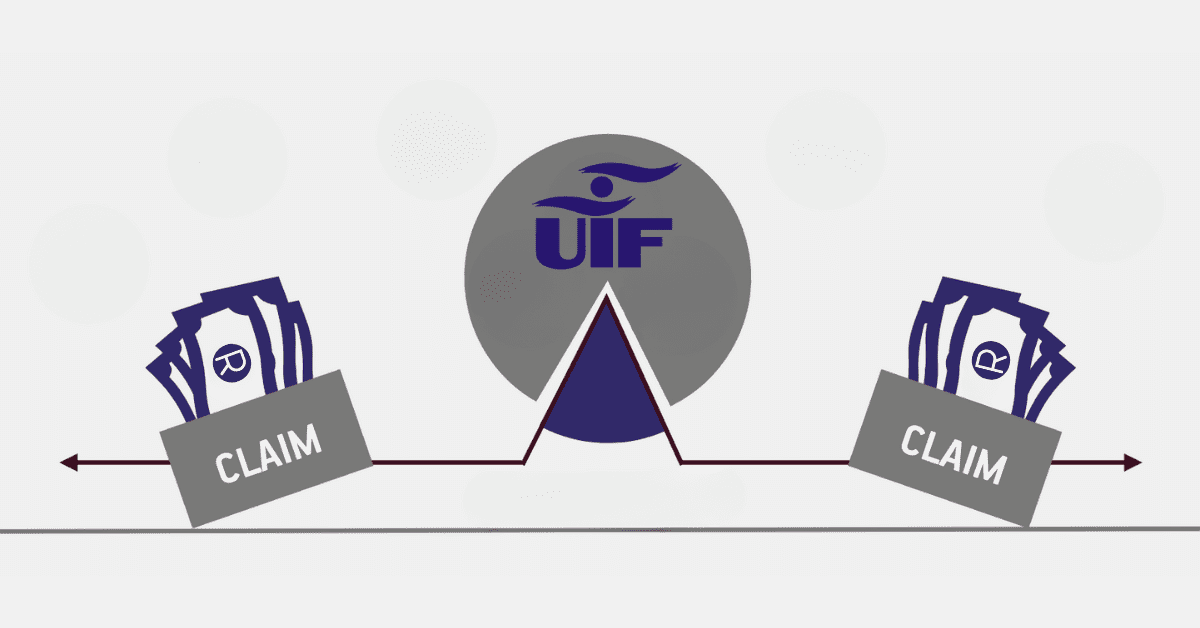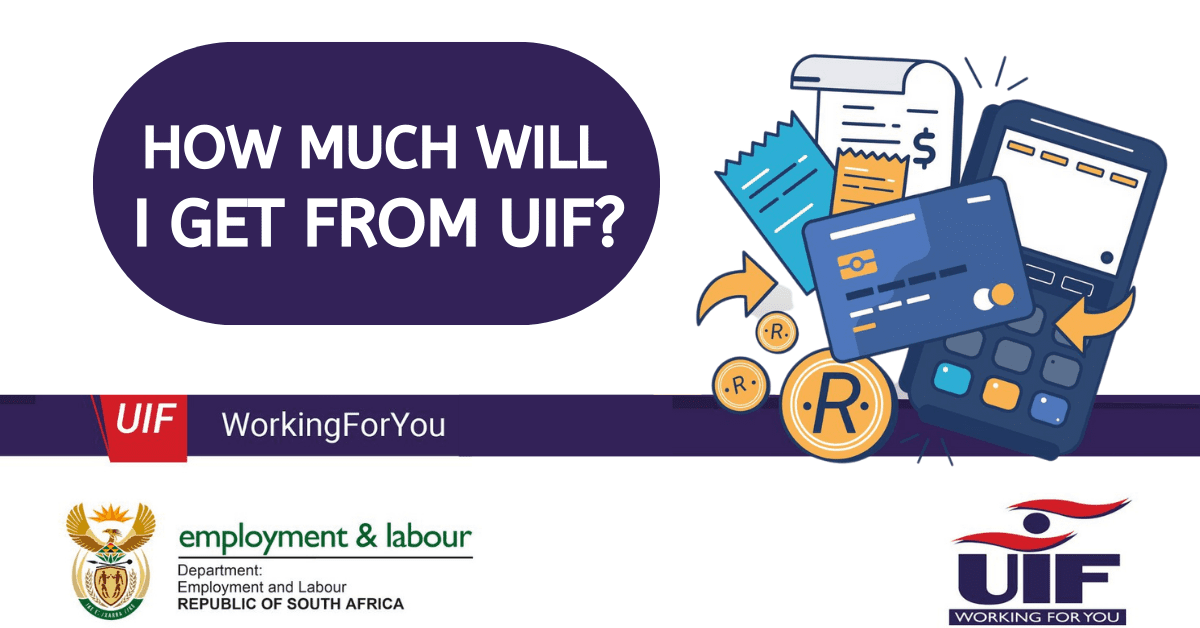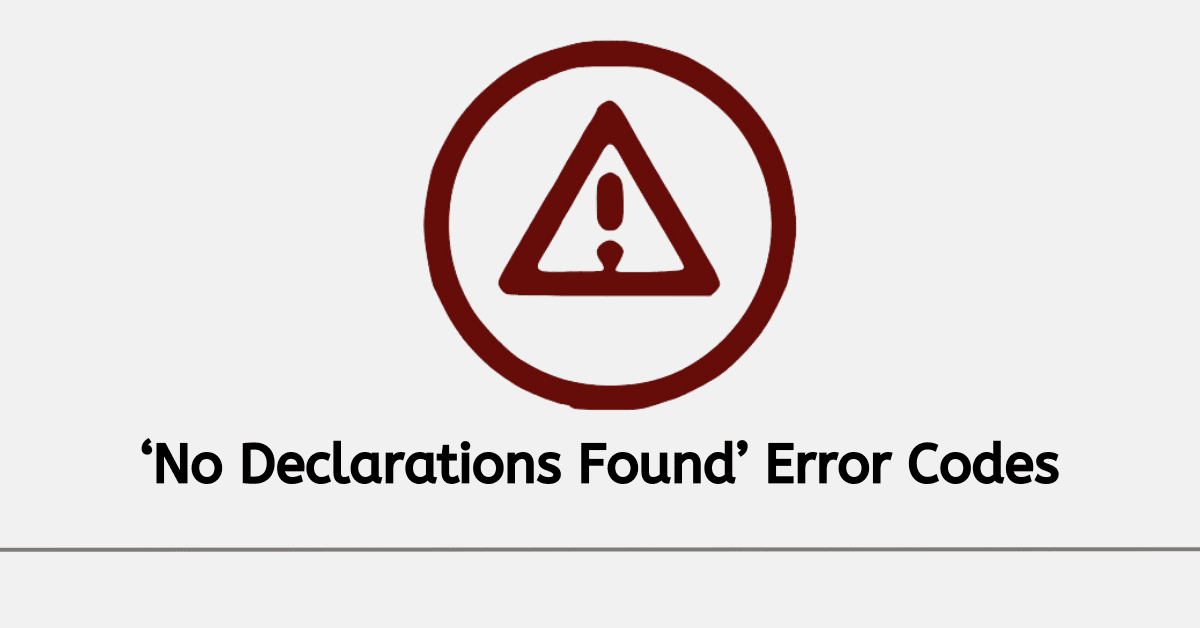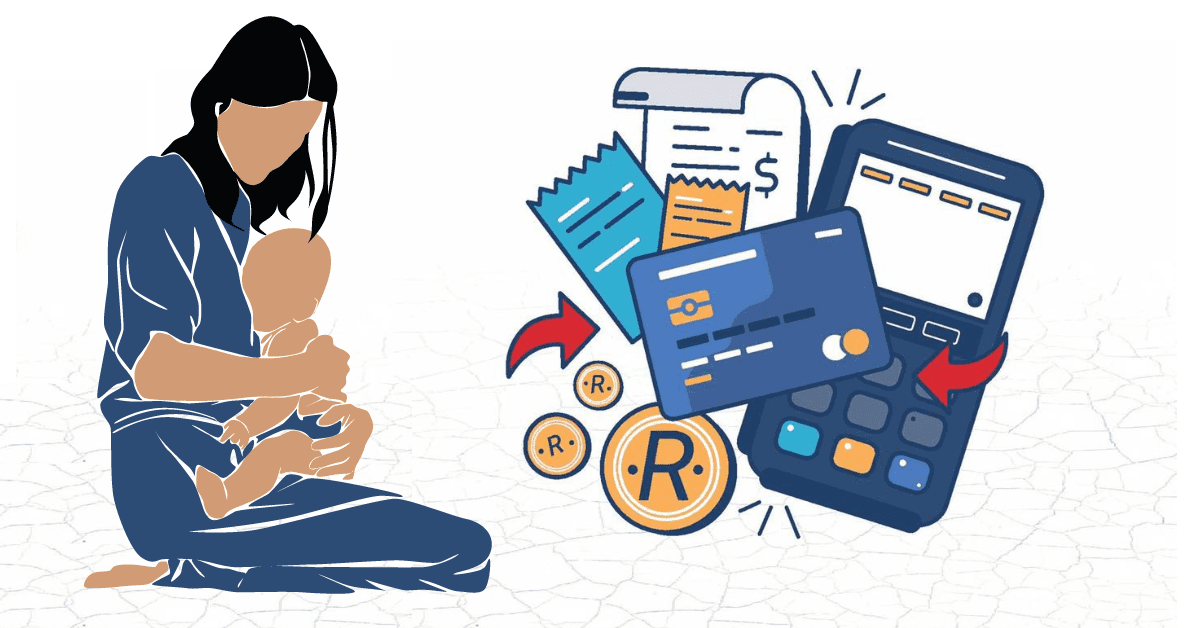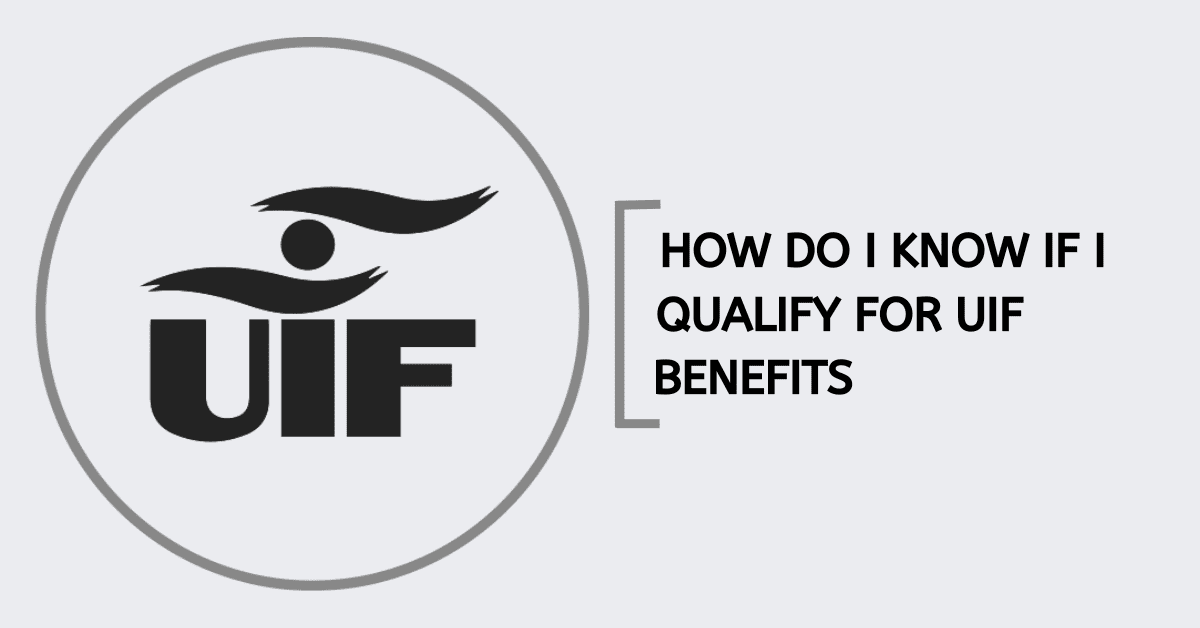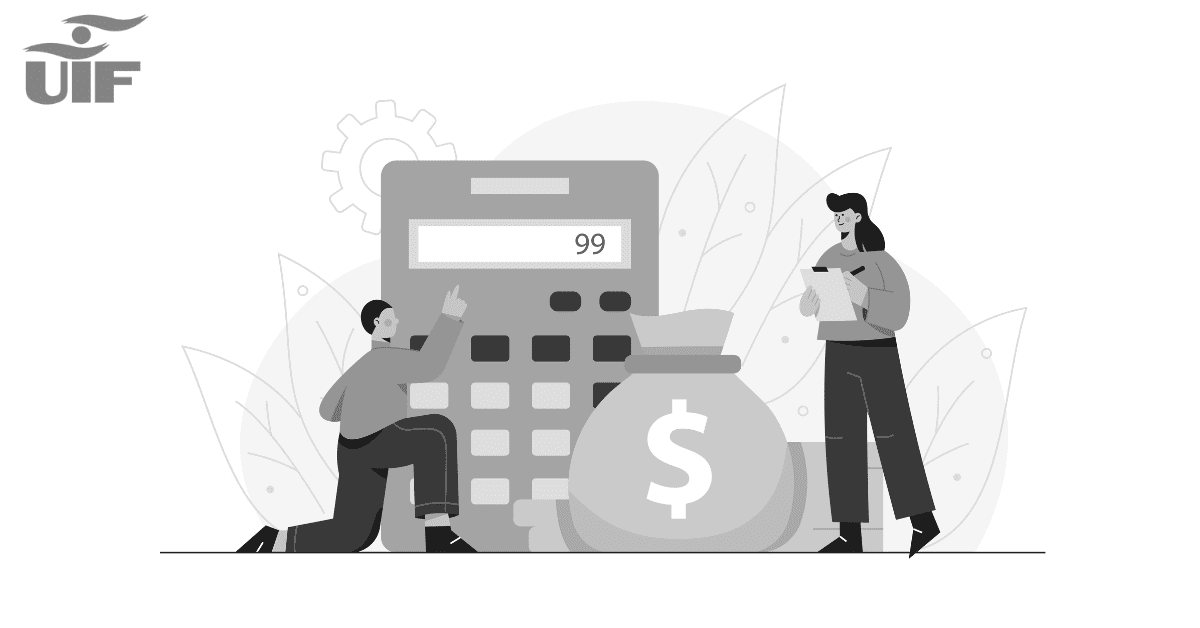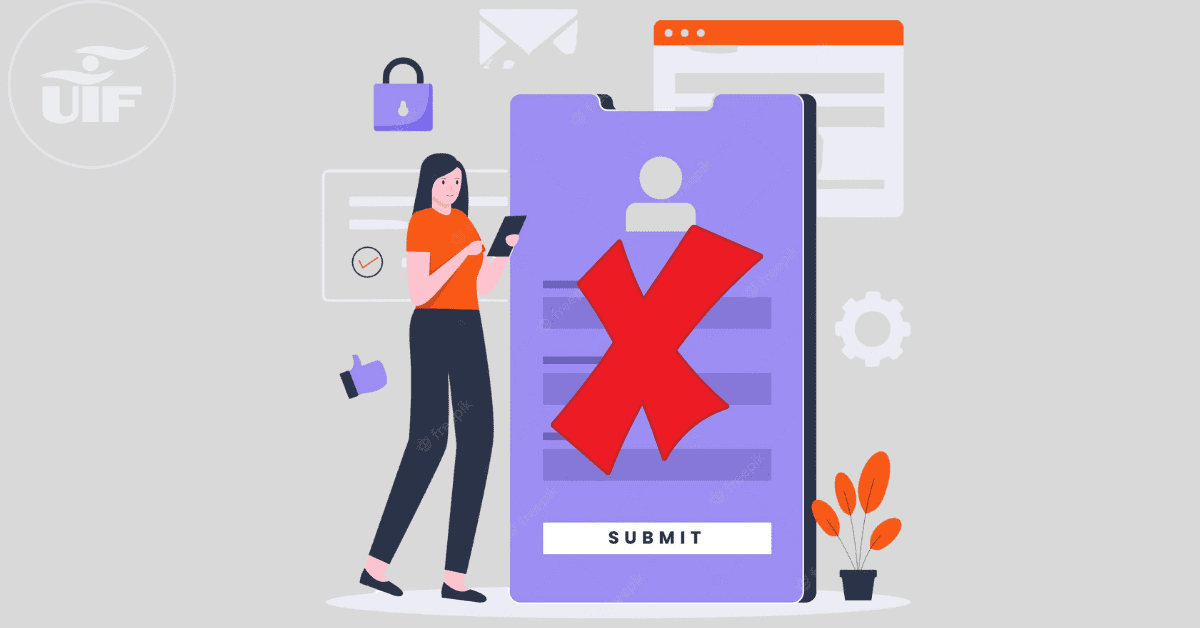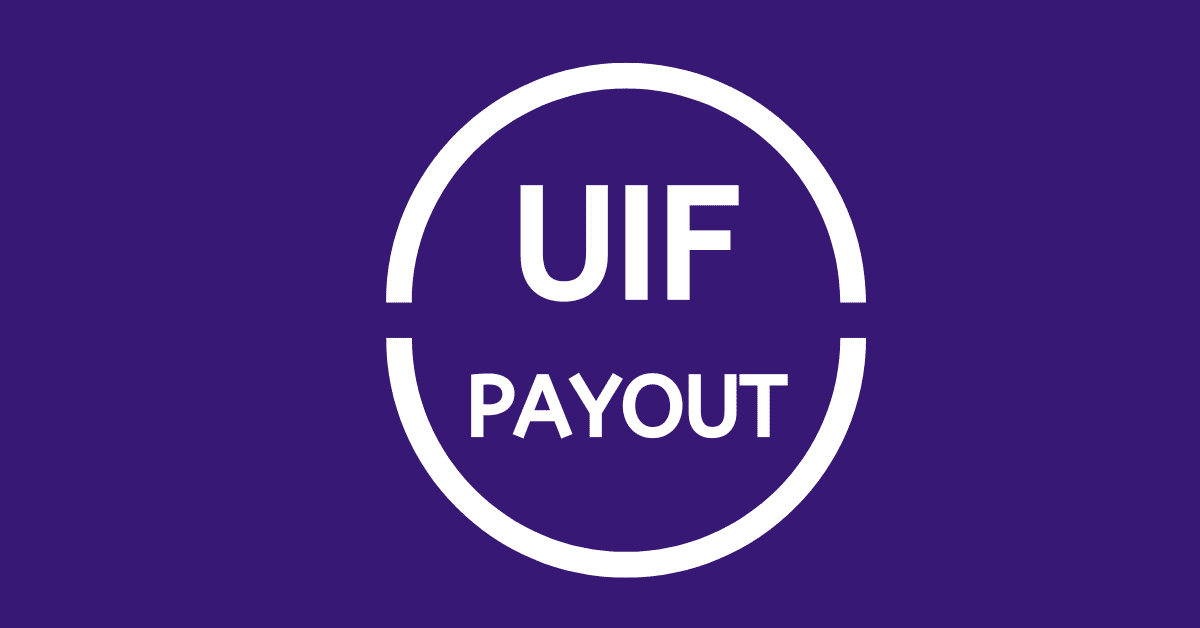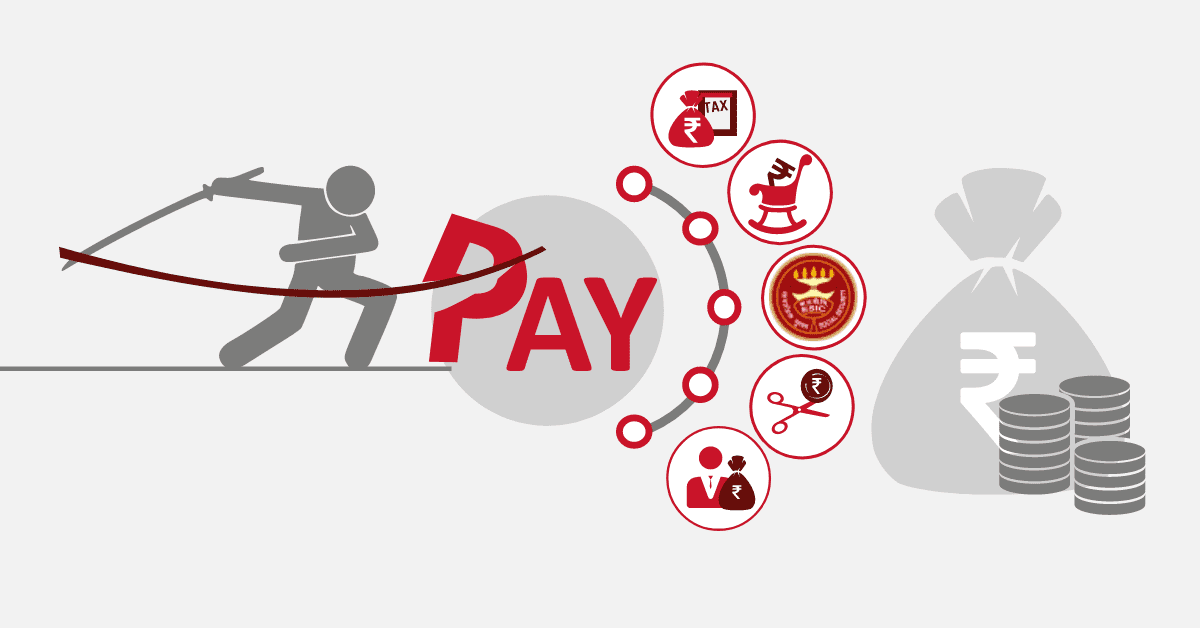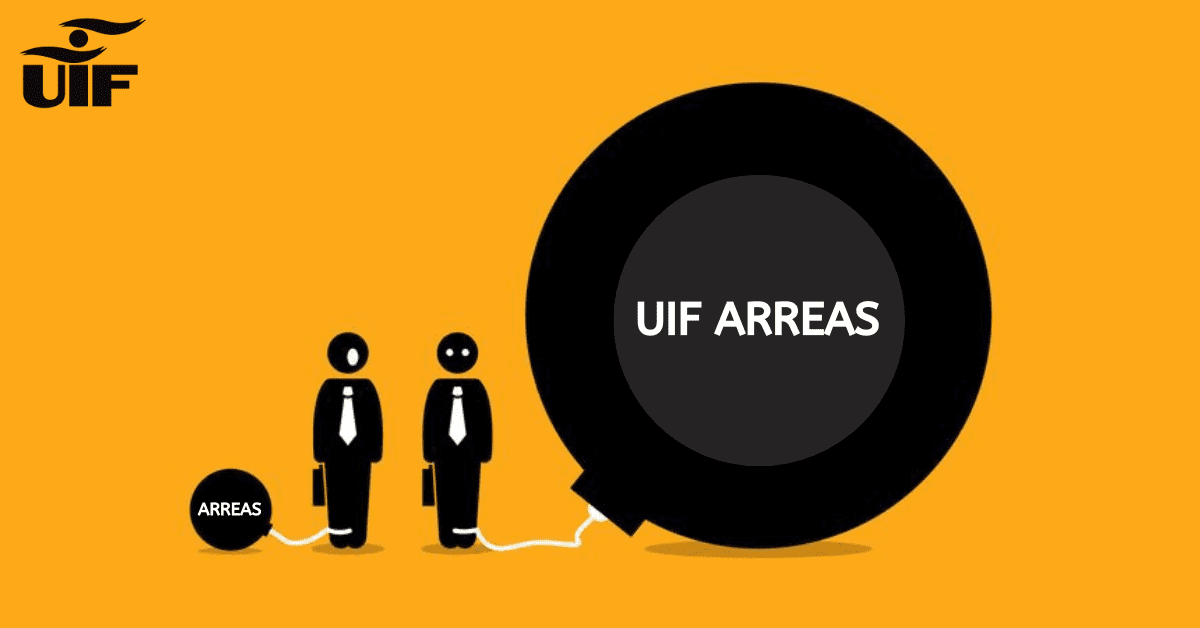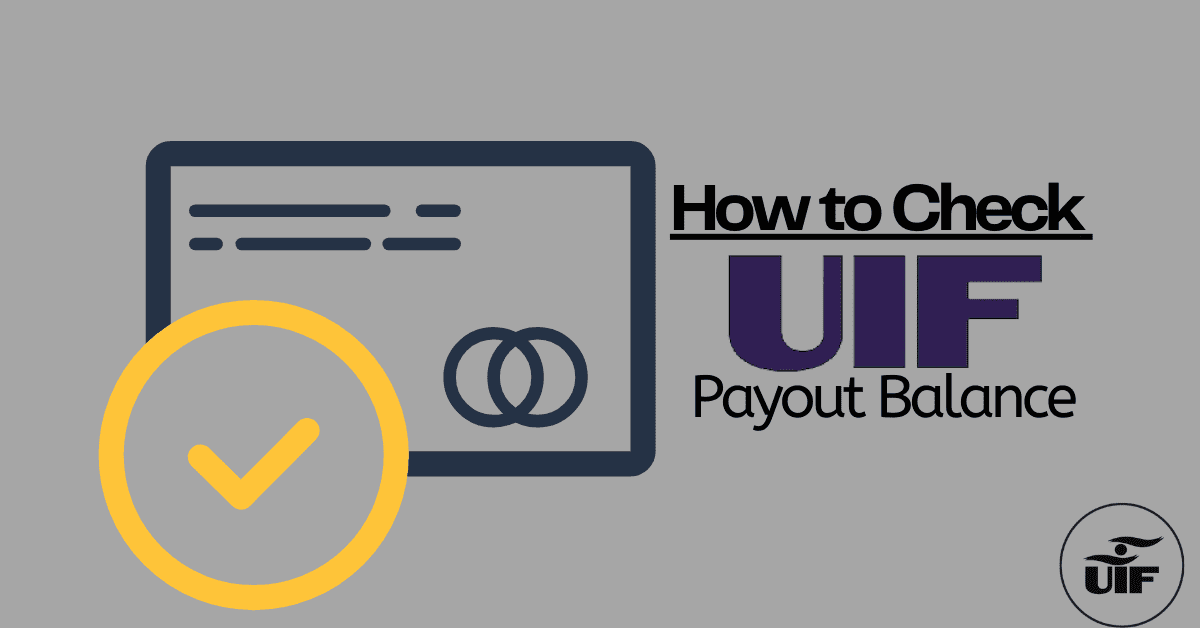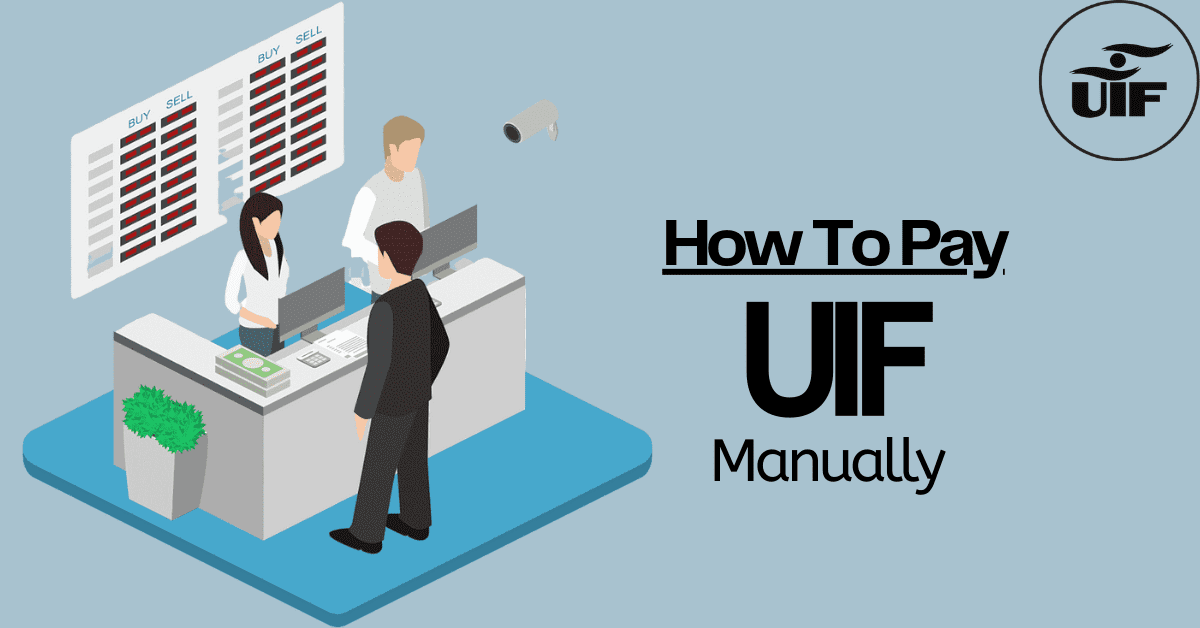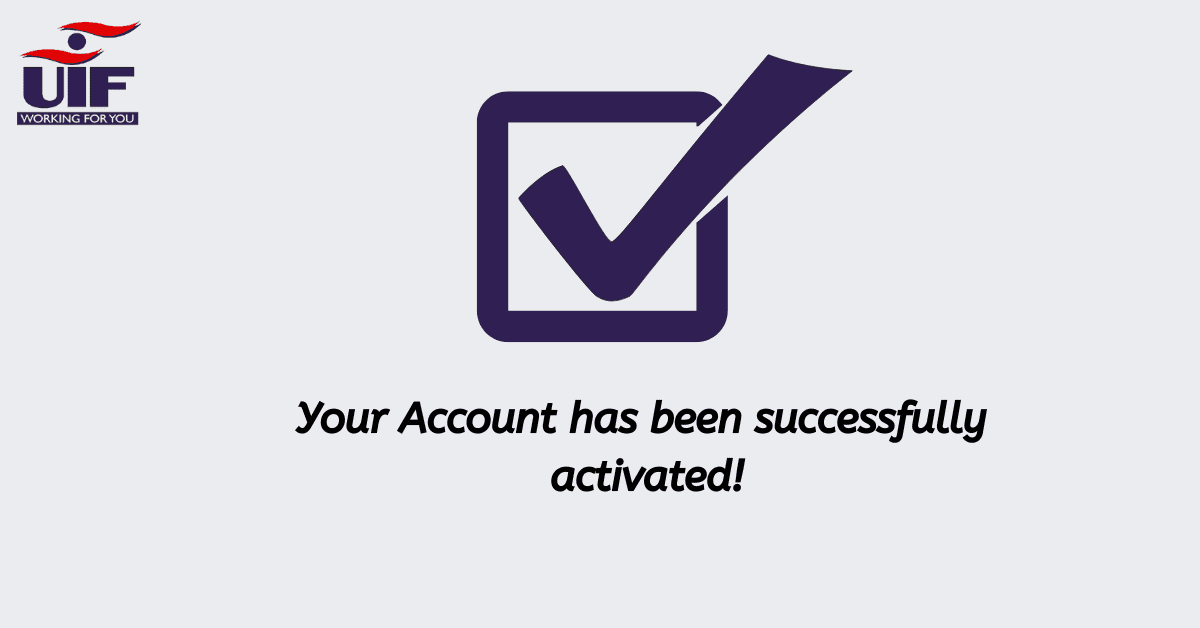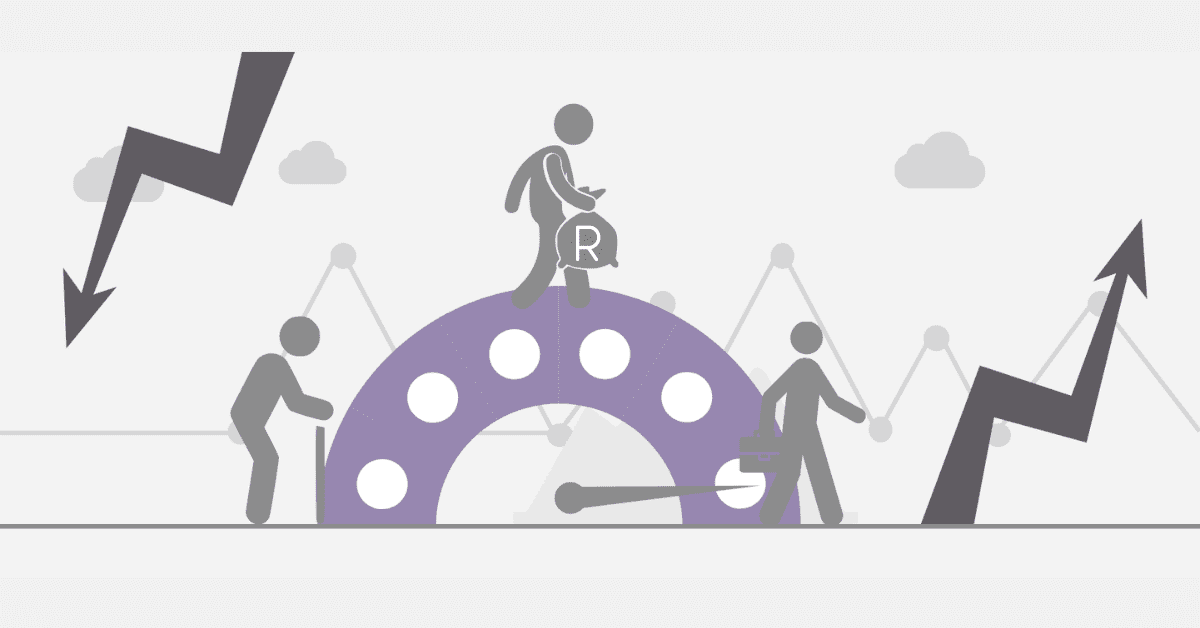The unemployment insurance fund has played a huge role in the life of many South Africans. The temporary employee relief scheme under the unemployment insurance fund has provided financial assistance to many workers, especially those affected by the covid-19 pandemic.
For some reason, the TERS application has been frustrating and challenging for a lot of individuals, and this has to do with the internal error code generated.
The error code generated in the TERS system has provided a lot of meaningful feedback to UIF and its stakeholders. This includes having to see errors like “ID not found”, “no declaration found”, “bank error codes”, and many more.
However, our focus in this blog post will highlight the TERS error code “ID Not Found”, its meaning, how to resolve it, the timeline for resolving these codes, and other related matters.
What ‘ID Not Found’ TERS Error Code mean?
If you ever come across the “ID not Found” TERS error code, it clearly has an important meaning. It means providing feedback and a signal on what is actually missing.
Supposing the error code gave binary numbers like “00100101” it can be difficult to interpret. As part of the measures put in place by UIF and its stakeholders, certain error codes are self-explanatory, which in most cases, provides an idea of what the error could be.
If you encounter the TERS error code “ID not found”, it indicates the identification number provided and submitted during the application does not correspond with what is in the UIF records. The identification number used during the TERS application and the general UIF registration must match. Any difference spotted between the two will be flagged in the system.
Sometimes these mismatches could be a typo, or wrong entry, or some sort of inconsistency within the details provided.
What To Do About ‘ID Not Found’ TERS Error Code
So one would want to know what is the next step in resolving these error codes that may be encountered.
Do not panic once you see the “ID not found” error code on the TERS platform. There are ways to go about this TERS error code.
You first need to understand what the error code is indicating. For instance, the “ID not found” error code means the identification number you provided during the TERS application can not be found in the database of UIF.
When this happens, there are a few ways to resolve this issue.
You need to check the accuracy of the ID number that is shown on the document, whether passport or citizen identification card. Any minor changes seen in the entry will easily be rejected by the system.
Always ensure to check the format of the ID shown on your documents. It is important to follow it character by character, just as seen on the ID in order not to miss anything. For example, it is known that the South African identification card has 13 characters, so if you find yourself missing any digit, it certainly confirms why you had the error code “ID not found”
Once all these have been indicated, you can reach out to the UIF customer helpline to make a manual ID submission. A few security questions will be asked to confirm your identity; then, you can send a scanned copy or recapture the ID to the officer in charge for the manual submission.
What makes UIF decline?
The unemployment insurance fund has its own criteria and policies surrounding this initiative. And these policies are meant to support the right people, not frauds. Every criteria or requirement indicated by UIF has a clear meaning which serves as a benchmark for individuals to pass through the system.
UIF can decline for several reasons, and some may include wrong entry, wrong information submitted, unregistered worker, and unpaid UIF contributions. In some cases, internal errors can create a void in your personal information on the UIF database.
These things can make UIF decline your application, and that is why it is important to understand the demands of UIF.
What does it mean when UIF says the application has not been processed yet?
When applications are submitted, UIF uses the parameters in its system to sieve and scrutinize all the information. It is important to be patient and understand that UIF serves millions of people, and sometimes, these pressures can result in delays.
Some of the delays could be seeing your “application not processed yet”. When you see the UIF status indicating the “application not processed yet”, it means your application is in the queue, pending recording, review, and evaluation.
Seeing the application not processed yet does not mean a rejection, it indicates, your details have not been well evaluated by UIF.
How long does UIF second payment take?
Payments from UIF can vary, and this can be affected by many things. While UIF looks to serve a lot of people and make payments as soon as they wish, the number of applications can delay the payment.
In some cases, the review process and evaluation timeline can affect the UIF second payment.
UIF has communicated that it looks to process its payment within a reasonable timeframe. The UIF second payment can take between 3 to 7 working days as applications need to be reviewed and well-checked.
The extreme case is having your UIF second payment take more than 10 working days. When this happens, you need to reach out to UIF to have the issue resolved as soon as possible.
